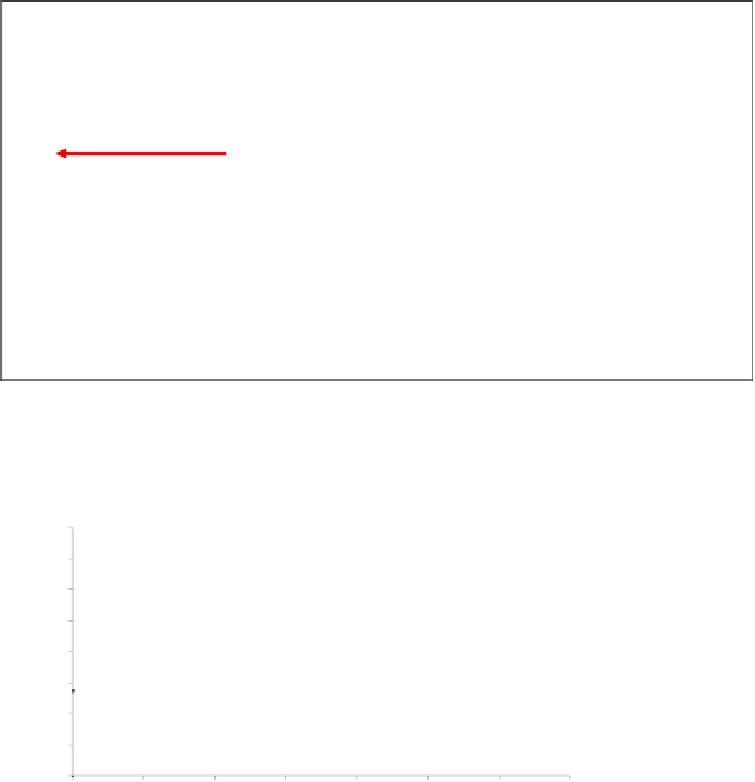Geoscience Reference
In-Depth Information
The formulae given above show that the ultimate fall velocity of the geotextile
container is a function of the density of the fill material, the drag coefficient and the
shape of the geotextile container. In [22] the fall velocity is determined more accu-
rately using a numerical model.
The formulae presented above do not lend themselves to a quick calculation
by hand although they can be readily incorporated into a spreadsheet program. To
demonstrate the influence of the different variables several design charts have been
generated showing the relationships between different container shapes (relationship
between volume and plan cross sectional area) and different fill materials. First, the
relationship with terminal fall velocity is shown (Figure G.1) and then the relation-
ship with characteristic time (Figure G.2). With these two values along with the actual
Terminal fall velocity as function of
volume/plan cross sectional area ratio for geotextile container
12
11
10
9
8
p
= 1400 kg/m
3
p
= 1600 kg/m
3
p
= 1800 kg/m
3
p
= 2000 kg/m
3
7
6
5
4
3
2
1
0
1
2
3
4
5
6
7
8
volume/plan cross sectional area ratio for geotextile container (
V
/
A
S
) [m]
Figure G.1
Design chart for terminal fall velocity.
Characteristic time as function of
volume/plan cross sectional area ratio for geotextile container
4.0
3.5
3.0
p
= 1400 kg/m
3
p
= 1600 kg/m
3
p
= 1800 kg/m
3
p
= 2000 kg/m
3
2.5
2.0
1.5
1.0
0.5
0.0
1
2
3
4
8
5
6
7
volume/plan cross sectional area ratio for geotextile container (
V/A
s
) [m]
Figure G.2
Design chart for characteristic time.












































































